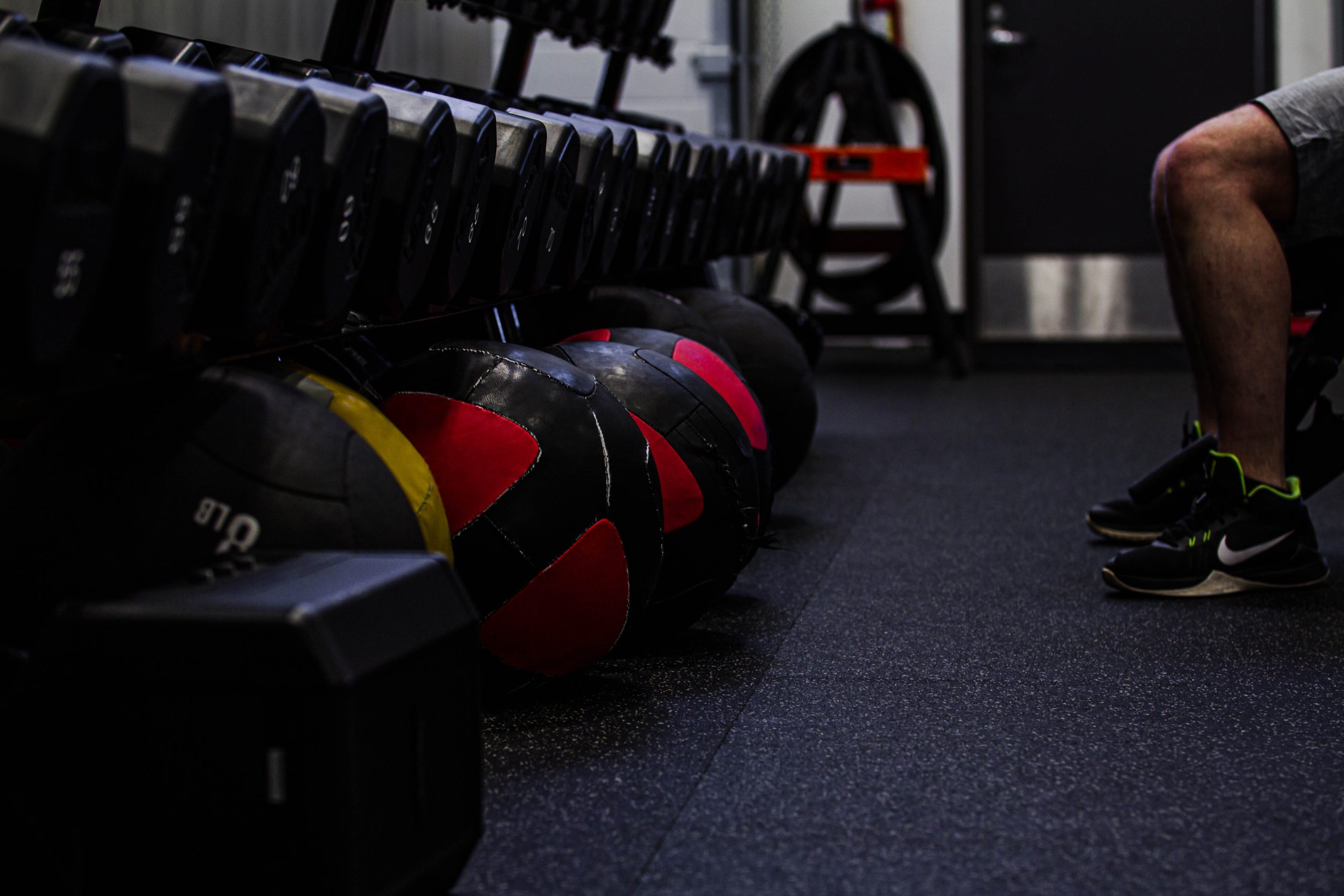Medicine Ball Workouts: A Key to Post-Surgery Rehab – By Michael Kicia, Acumen’s Strength and Conditioning Specialist
Introduction
Medicine ball training is a versatile and effective tool that can be utilized not only for strength and conditioning but also for rehabilitation and sport-specific training, particularly within the scope of private surgery in Canada. We will discuss how medicine ball training can be incorporated into rehabilitation and sport-specific training, benefiting both athletes and patients recovering from surgeries.
Medicine balls are effective tools for developing total body power, rotary power, anterior core power, and force absorption. Medicine balls allow athletes to generate power from the hips and core rather than relying solely on the lumbar spine and arms. As a result, using medicine balls can reduce stress on the upper extremities, making them an important tool for not only early-stage reconditioning programs but also later stages, when transitioning to total body dynamic movements becomes more of a focus. Medicine ball training also trains movement efficiency, using the entire body like a kinetic chain. This, in turn, can lessen the requirement of each individual segment, making it exceptional for athletes in sports like golf, baseball, and striking or throwing activities. Incorporating medicine ball exercises is essential for reconditioning and strength programs, especially for aging athletes who experience a faster decline in power than strength (Bosco, 1980).
Choosing the Right Size Ball
Selecting the appropriate size of medicine ball is crucial for creating power and velocity. Guidelines based on body weight help ensure that athletes and post-surgical patients use a ball that challenges them without compromising technique or safety. Too often, athletes select a ball that is too heavy for the exercise being performed. If the ball looks like it is too heavy for the exercise, it probably is. Furthermore, overhead medicine ball tosses typically require a slightly lighter ball than other exercises as there is greater control needed in the overhead position.
Types of Medicine Ball Throws
Different types of medicine ball throws target various muscle groups and movement patterns. Hip or “scoop” tosses, chest passes, and overhead tosses each have their own progressions to gradually build power and technique.
**Hip or “Scoop” Tosses**: For hip tosses, progressions include variations in stance, weight transfer, and momentum generation. The emphasis is on driving power from the ground through the hips and core, rather than relying solely on arm strength. These movements have been shown to be beneficial for athletes in rotation-heavy sports and can also serve as progressions for upper extremity clients (Szymanski et al., 2007).
**Chest Passes and Shot Put Tosses**: Chest passes and shot put tosses focus on upper body explosive power. These exercises mimic pressing movements and are useful for athletes needing to generate force rapidly with their arms. They can also be integrated into rehabilitation programs to strengthen and stabilize the upper body, which is particularly beneficial for patients recovering from private surgeries in Canada.
**Overhead Med Ball Tosses**: These exercises target the anterior core, rotator cuff, and posterior shoulder musculature. These exercises are valuable for overhead throwing athletes, helping them develop power while maintaining stability and preventing low back strain. This is especially critical for patients who have undergone surgery and are in the rehabilitation phase.
Progressions
Each variation of medicine ball throw can be regressed, progressed, or modified to meet the athlete’s or patient’s current abilities and goals. Progressions may involve variations in stance, movement patterns, or added resistance. The goal of progressions is to gradually increase the challenge and intensity of the exercises while maintaining proper form and control.
Applications
Medicine ball training can benefit athletes across various sports, including hockey, golf, baseball, and striking sports. Medicine ball exercises serve as effective alternatives to traditional power training methods, such as Olympic lifts, and can help improve performance while reducing the risk of injury. Additionally, they are valuable in rehabilitation programs following private surgery in Canada, aiding in a quicker and safer recovery.
Conclusion
In conclusion, medicine ball training offers a versatile and effective approach to developing power, strength, and stability in athletes of all levels, as well as patients recovering from surgeries. By incorporating a variety of medicine ball exercises and progressions into training programs, coaches and practitioners can help athletes and surgical patients improve their performance, reduce the risk of injury, and enhance overall athleticism and recovery outcomes.

